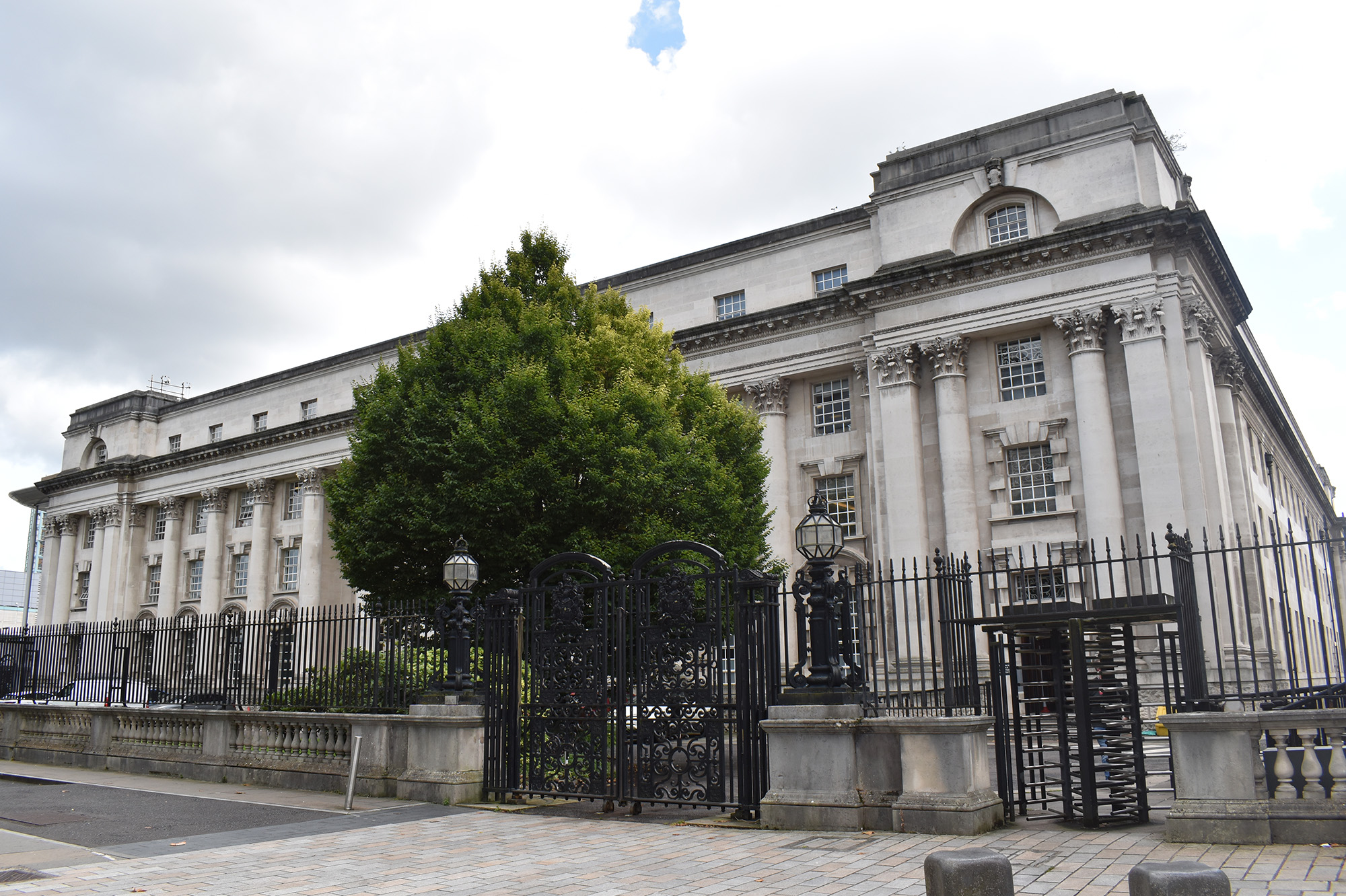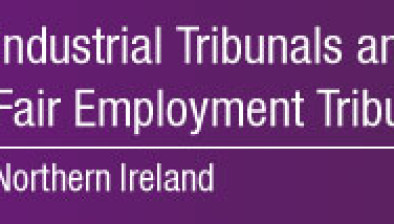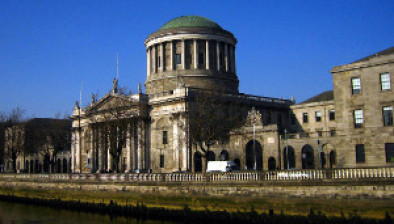NI Court of Appeal: Leave to appeal murder conviction refused

Northern Ireland’s Court of Appeal has refused John Miller leave to appeal his conviction for the murder of his fiancée Charlotte Murray.

About this case:
- Citation:[2023] NICA 81
- Judgment:
- Court:NI Court of Appeal
- Judge:Mrs Justice Keegan
Delivering judgment for the Court of Appeal, Lady Chief Justice Dame Siobhan Keegan determined that the trial judge had appropriately decided to leave the case to the jury following a Galbraith application, and that any irregularities in the conduct of the trial were corrected and were not material enough to jeopardise the safety of Mr Miller’s conviction.
Background
The appellant was charged with the murder of his fiancée Charlotte Murray, who disappeared on 31 October 2012. The prosecution suggested a motive for the crime was that the victim had sent to the appellant intimate photographs of herself with a friend of the appellant in the preceding period.
The prosecution further suggested that having killed Ms Murray, the appellant disposed of her body and manufactured a false trail of text messages between his phone and Ms Murray’s phone, and Facebook posts purporting to be created by Ms Murray. Cell site evidence indicated given on behalf of the prosecution indicated that the messages were sent using cell sites servicing the general area of the couple’s home.
The prosecution also relied upon inconsistencies in the account given by the appellant to the police and his reliance upon evidence which he did not give to the police when questioned.
The defence raised a number of alternative possibilities explaining Ms Murray’s disappearance, emphasising that Ms Murray was a vulnerable and sometimes violent person who had sought assistance for depression prior to her disappearance. The defence also suggested that Ms Murray had blinded a member of the travelling community with the heel of her shoe in 2007 and that she had been confronted by his family on numerous occasions before she disappeared.
Another major aspect of the defence was that Ms Murray had purportedly been sighted following the night that she was said to have disappeared, and the defence called two witnesses who gave evidence to that effect.
On 8 October 2019, the appellant was sentenced to life imprisonment for murder, with a minimum tariff of 16 years set by the trial judge on 10 February 2020. The appellant was refused leave to appeal his conviction.
The appellant renewed his application for leave to appeal his conviction on grounds that the trial judge erred in failing to withdraw his case from the jury following an application of ‘no case to answer’, and that there were material irregularities in the conduct of the trial which had an adverse effect on the safety of his conviction.
The Court of Appeal
Lady Chief Justice Keegan began by emphasising that whilst a ‘no case to answer’ or Galbraith application was made, there were no requisitions in relation to the eight material irregularities now alleged by the appellant.
Considering the submissions of the appellant’s counsel that whilst mistakes may have been made the court would have to consider the safety of the conviction nonetheless, the judge noted: “We are understanding of the point that with hindsight different decisions may be made. We also understand that counsel’s omissions are not determinative of an appeal… However, the procedure adopted at the lower court may be factored in by the appellate court in deciding on the outcome on any case…”
The court proceeded to outline the test for the safety of a conviction on appeal in R v Pollock [2004] NICA 34, that the appellate court should focus on whether it thinks the verdict is unsafe by examining the evidence given at trial and by eschewing speculation as to what may have influenced the jury, and if the court has a significant sense of unease about the correctness of a verdict based on a reasoned analysis of the evidence, it should allow the appeal.
Turning to the first ground of appeal, the court considered the test for determining whether there is no case to answer arising from R v Galbraith [1981] 2 All ER 1060, finding that the case before it is a ‘second limb’ case, where the prosecution evidence is such that its strength or weakness depends on the perception of a witness’s reliability, or other matters within the province of the jury and where on one view of the facts there is evidence upon which a jury could properly conclude that the defendant is guilty, then the judge should allow the matter to be tried.
Considering the circumstantial nature of the evidence, the court found that the correct approach was that as outlined in R v Grimes [2017] NICA 19 which stated that “the exercise of deciding that there is a case to answer does involve the rejection of all realistic possibilities consistent with innocence… the question is whether a reasonable jury, not all reasonable juries, could, on one possible view of the evidence, be entitled to reach that adverse inference.”
The judge was not convinced that the case was a ‘borderline’ one as referred to in Galbraith which could be left to the discretion of the trial judge, although it was complicated by the fact that Ms Murray’s body had not been found.
Endorsing the trial judge’s decision to leave the case to the jury, Lady Chief Justice Keegan pointed out that the timing of Ms Murray’s disappearance, the cell phone activity, the disappearance without a trace, the accounts given and the proof of life investigations that took place were matters properly for the jury.
The court then considered eight grounds of appeal based upon alleged irregularities in the conduct of the trial, which included complaints concerning the manner in which video evidence was dealt with by the prosecution, that the trial judge should have made a R v Lucas [1981] QB 720 direction, that the written directions given by the trial judge were prejudicial to the defence and that the trial judge should have left “loss of control” as a partial defence to the jury.
Addressing each of the eight alleged irregularities in turn, the Court of Appeal considered that some of the alleged irregularities “were not irregularities at all and where irregularities did arise, they were corrected during the trial process or were not of such a material nature as to cause us to question the safety of the conviction in any respect”.
Conclusion
The Court of Appeal concluded that the trial judge had “fairly dealt with all the complicated evidence in this case in a manner which left the fact-finding function to the jury”.
Accordingly, leave was refused on all grounds and the appeal dismissed.
The King v John Miller [2023] NICA 81









